Man has become estranged from important microbes constituting the Soil Microbiome, exacerbating the incidence of immune dysregulation and related autoimmune disorders. The complexity of this bodily issue is informed by factors both Architectural and non-Architectural inextricably linked in a cyclical process of influence. Notions of sterility that mould the spaces we occupy either premeditates or is governed by the hermiticity of the enclosure bounding it, in turn informing our engagement with the extrinsic environment and subsequent perceptions of dirt and hygiene. My thesis posits that the crux of this dissociation between Man and the Soil Microbiome culminates at the building’s Boundary. The assemblage of planar and volumetric elements is simultaneously a touchpoint for occupants navigating the space it bounds and an interface between occupant, building and ground: a modulator of our engagement with the Soil Microbiome. While Architecture is not responsible for solving Health crises, this modulatory function is an opportunity to rethink the way we design and occupy buildings to confront our perceptions of dirt and hygiene as an urgent matter of Public Health. My thesis proposes a reimagination of the Boundary to heighten our engagement with the Soil Microbiome, by embedding tactile connections to the Soil Microbiome within the network of postures and haptic movements we adopt in navigating an exaggerated condition; the Gym. This advocacy challenges Architecture’s Ocularcentrism; while the ground is a datum essential to the practice, Architecture concerns itself only with the visible. Instead of privileging visual connection, the quantity, geometry, and locations of breaks and folds in the Boundary are governed by these surreptitious or overt tactile connections to Soil; a human-scale Architecture that weaves through the invisible topographies of the Soil Microbiome.
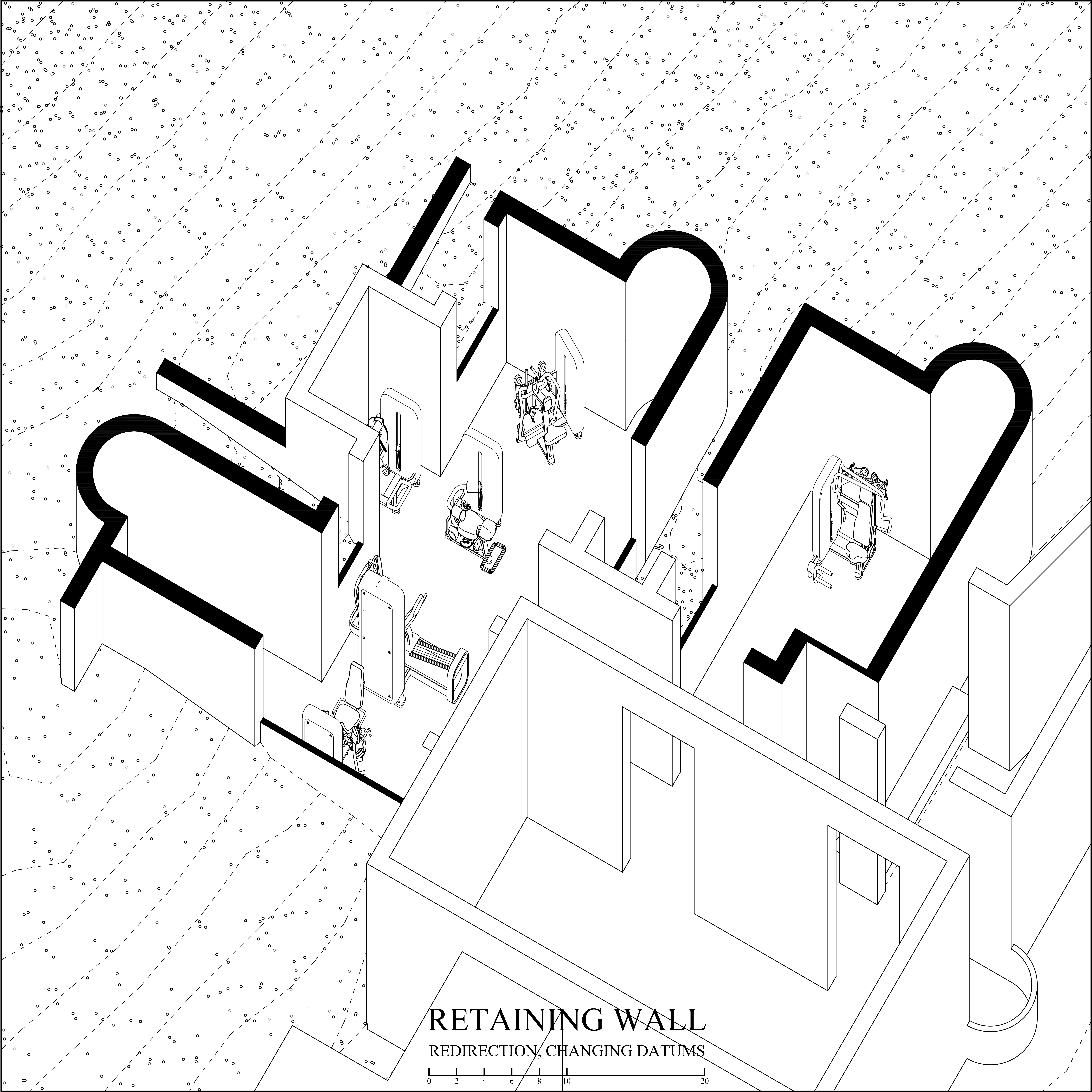
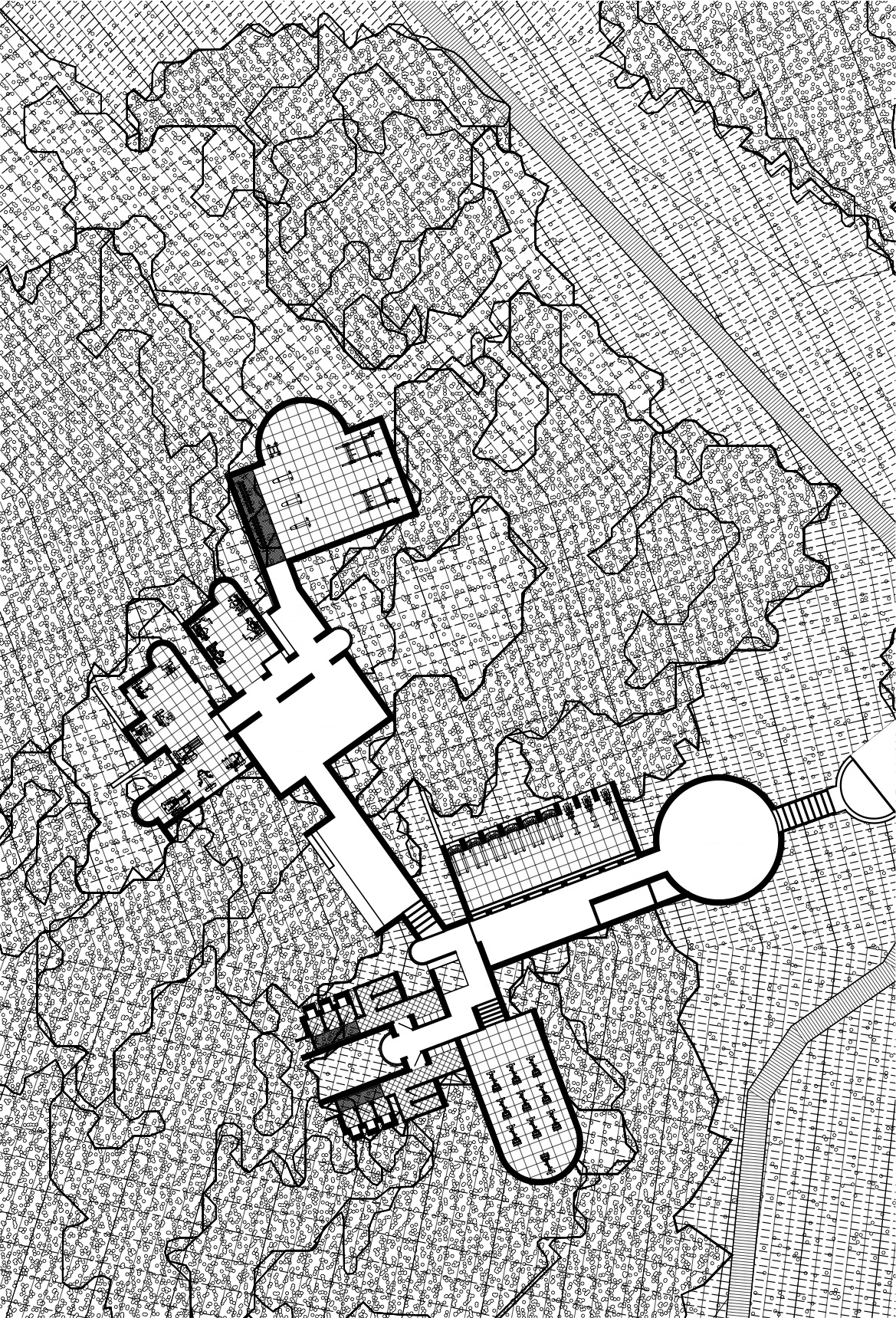

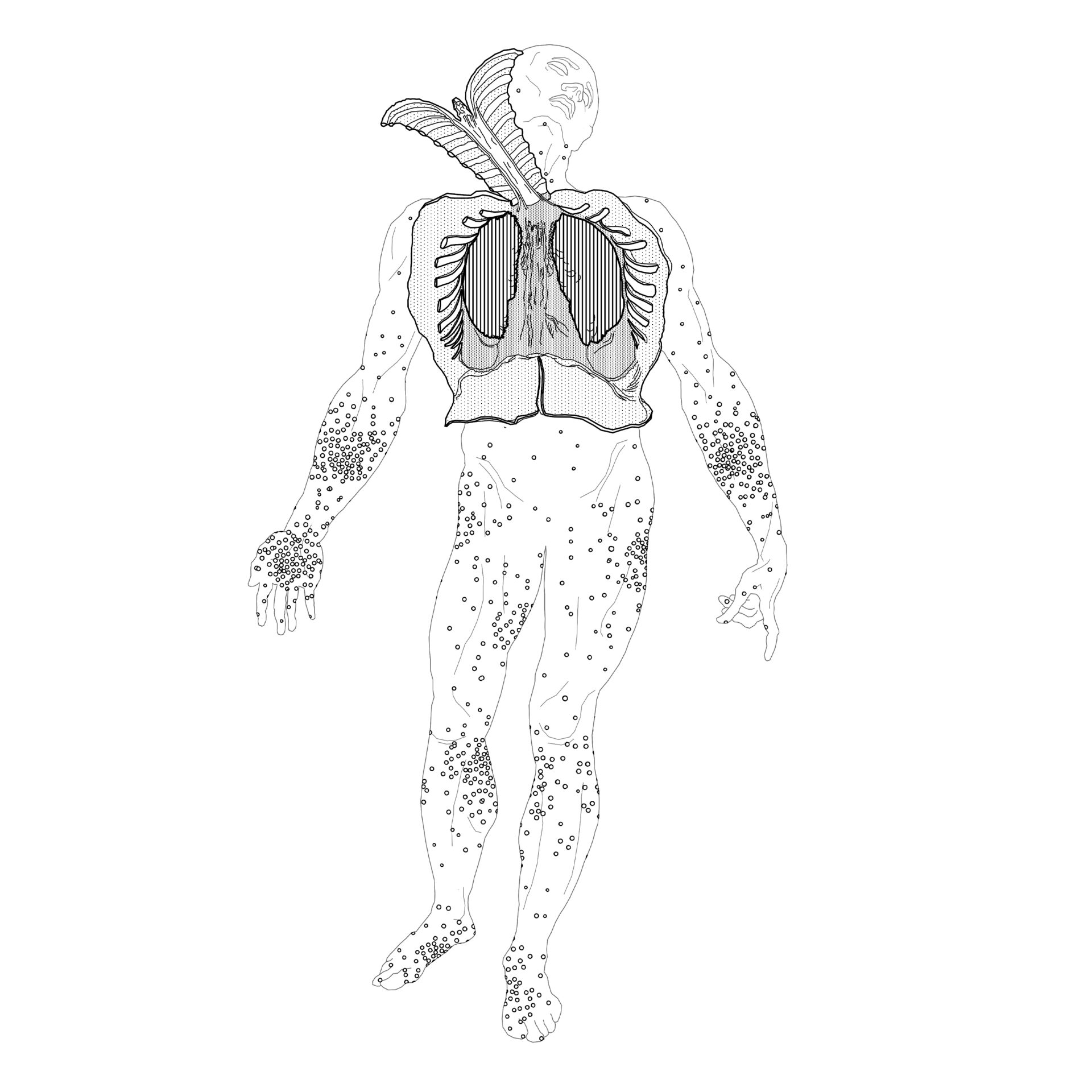
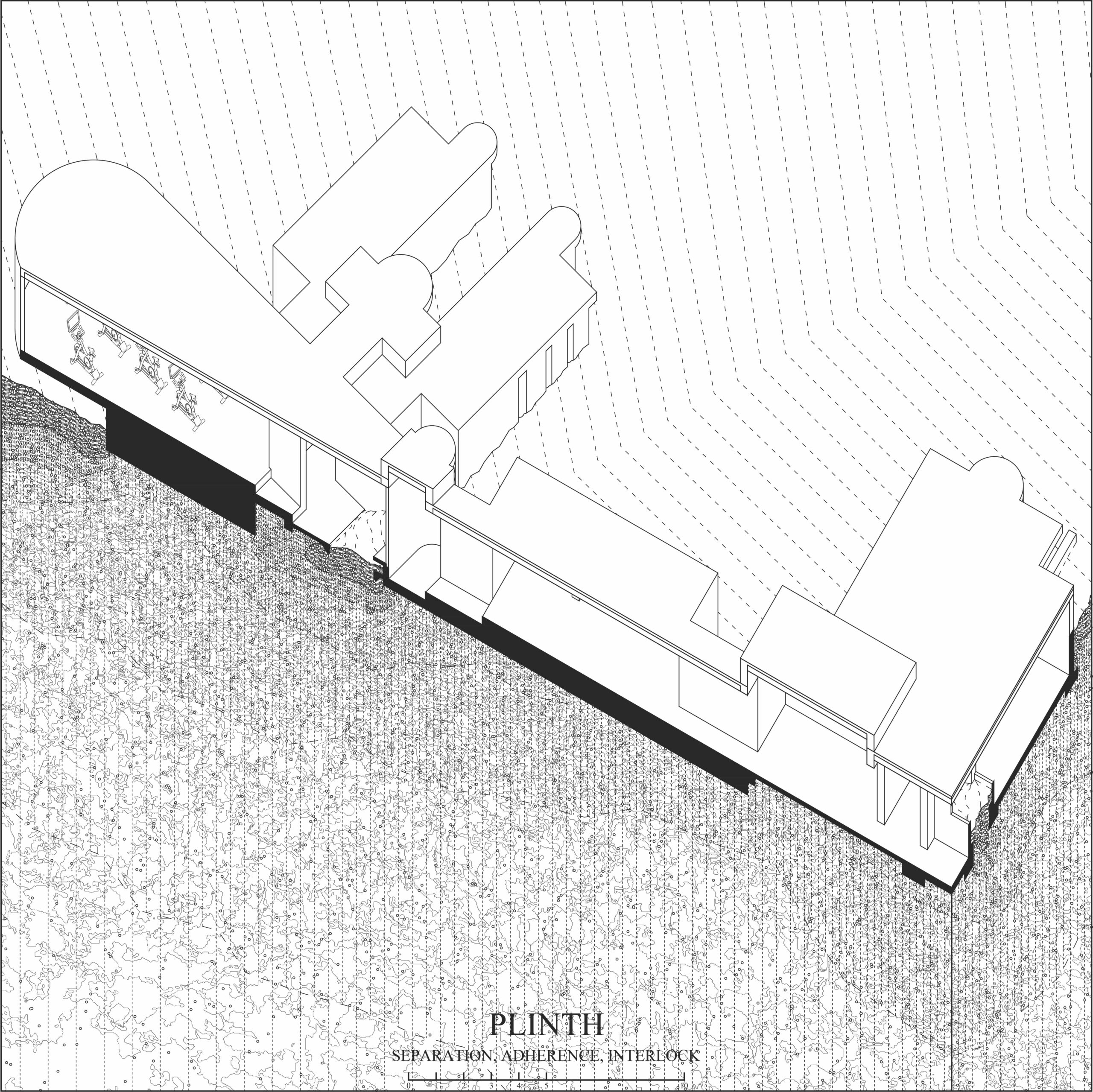
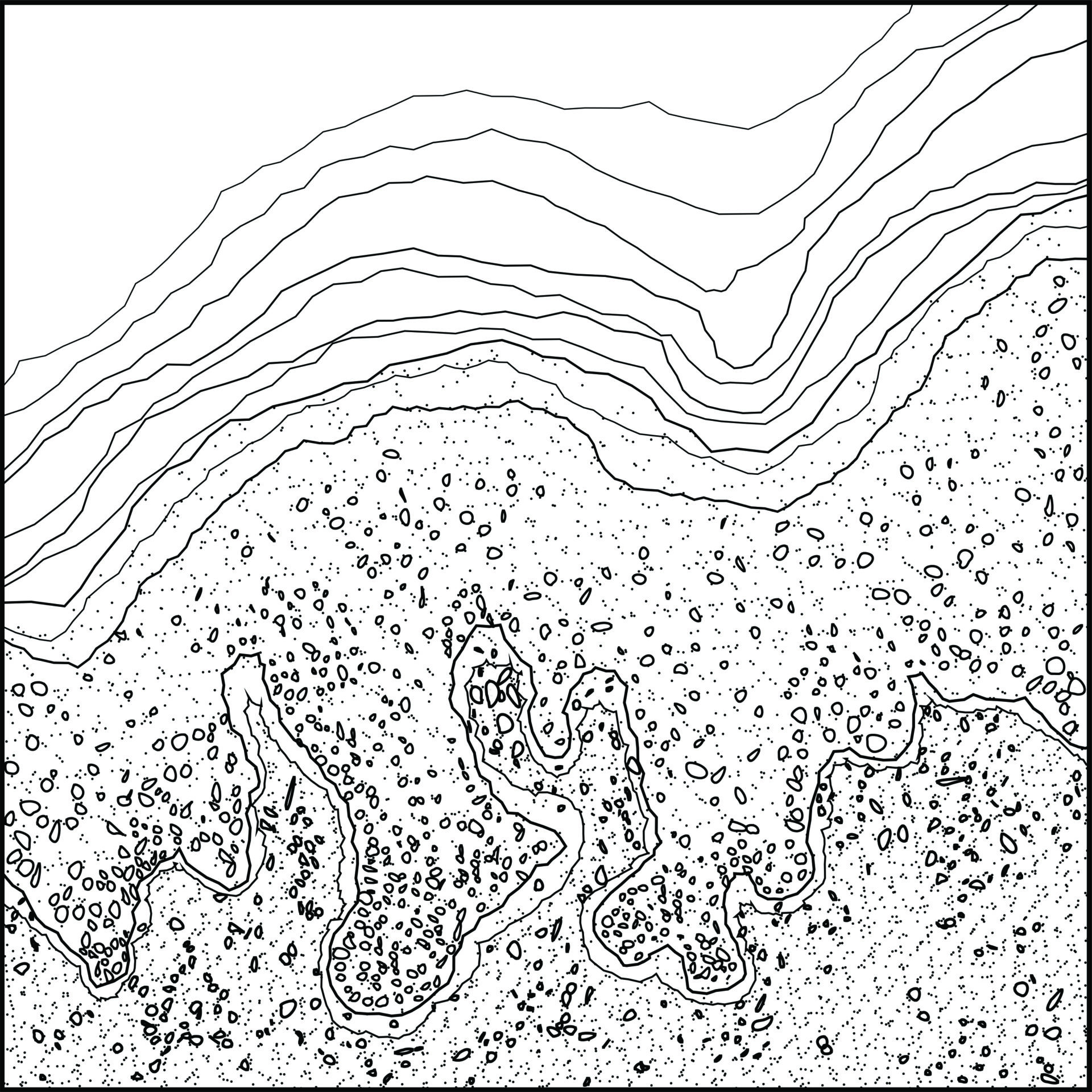

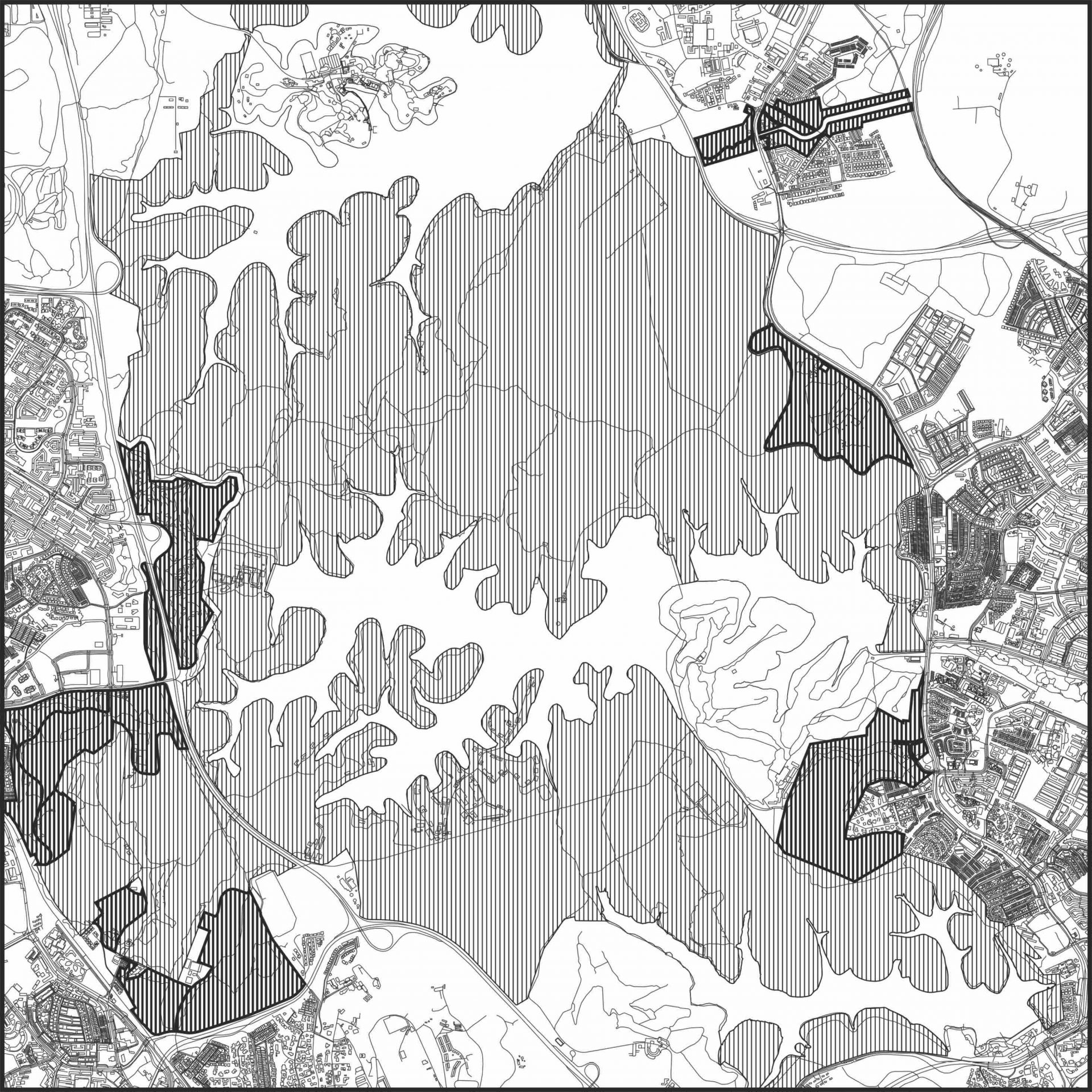
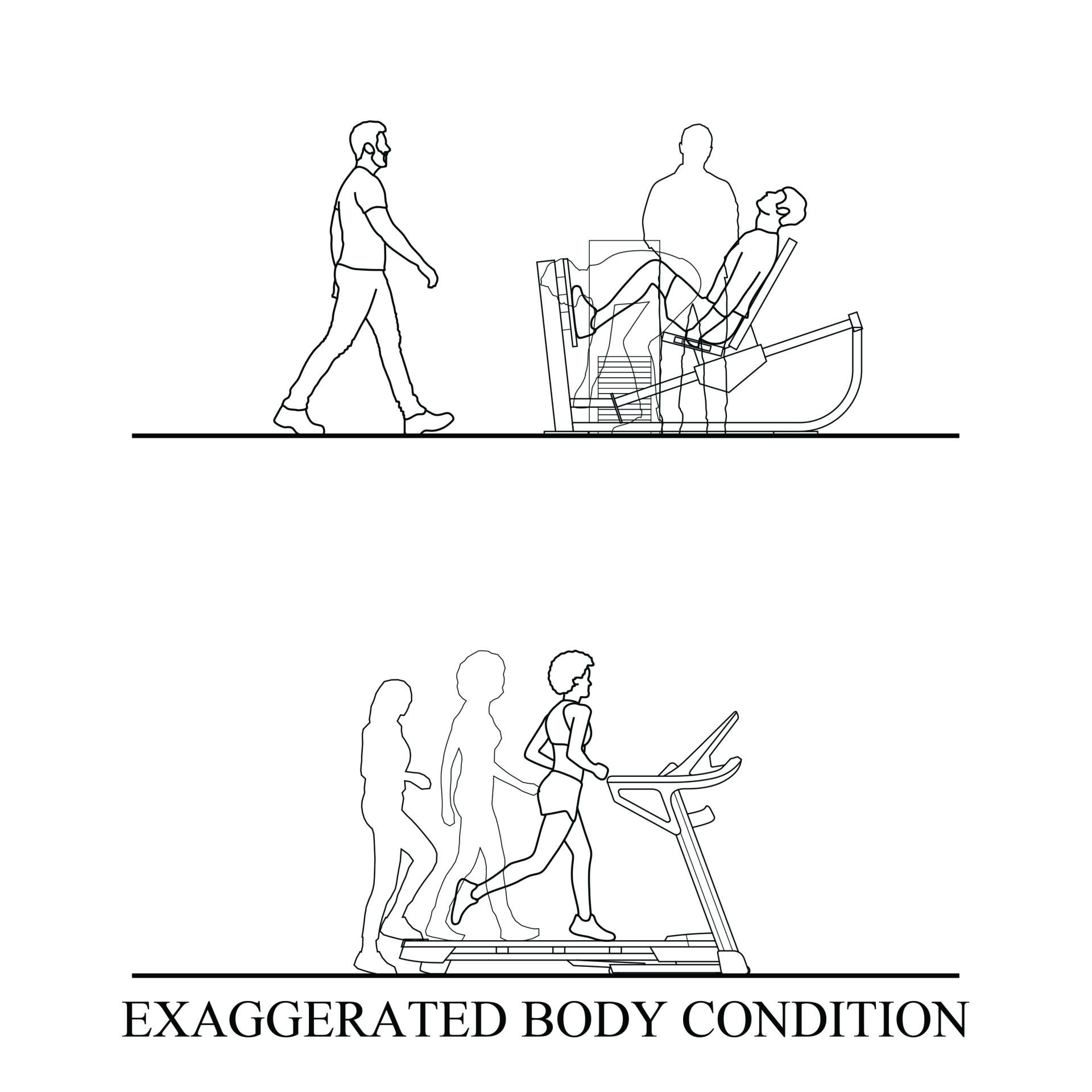
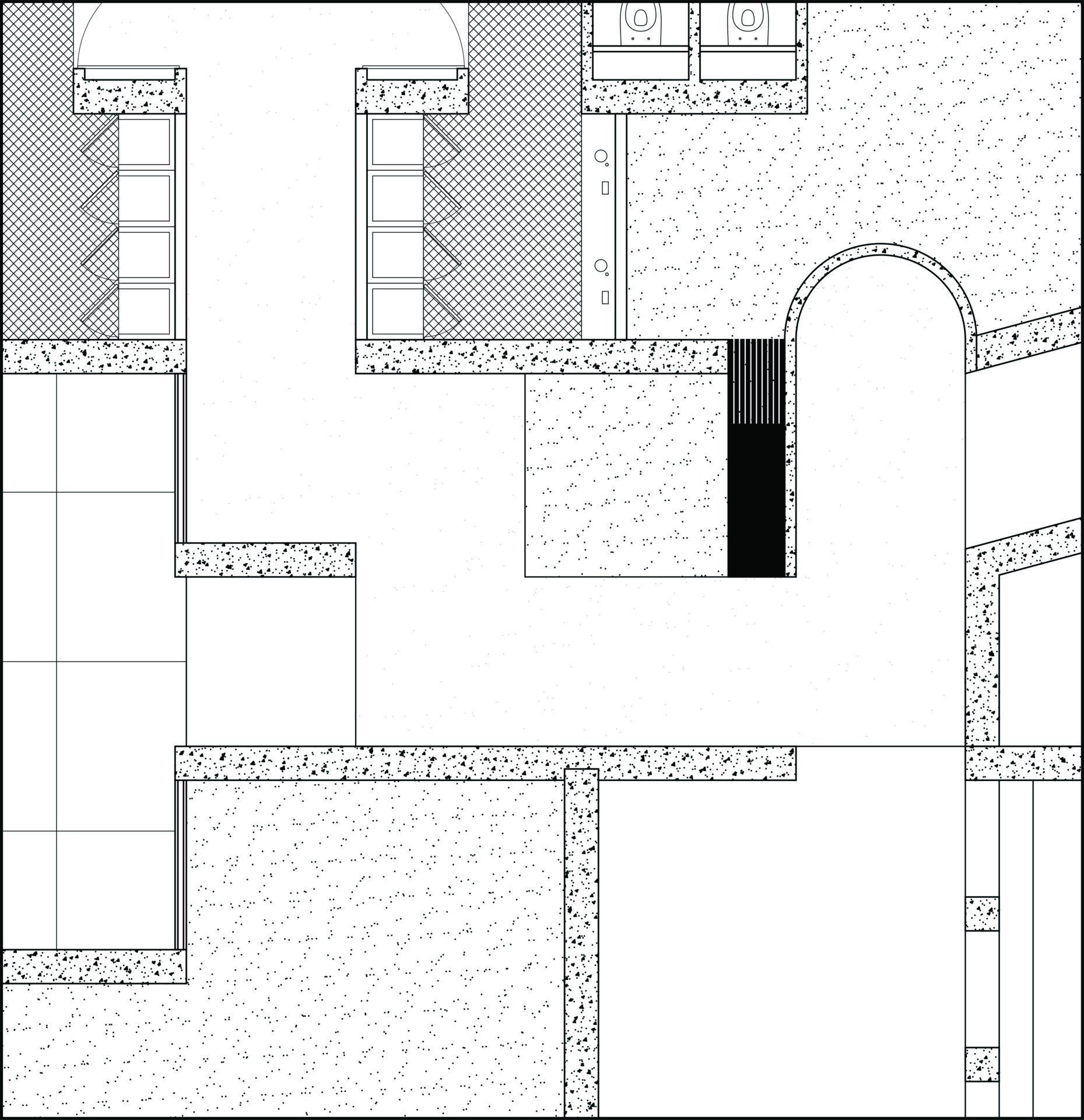
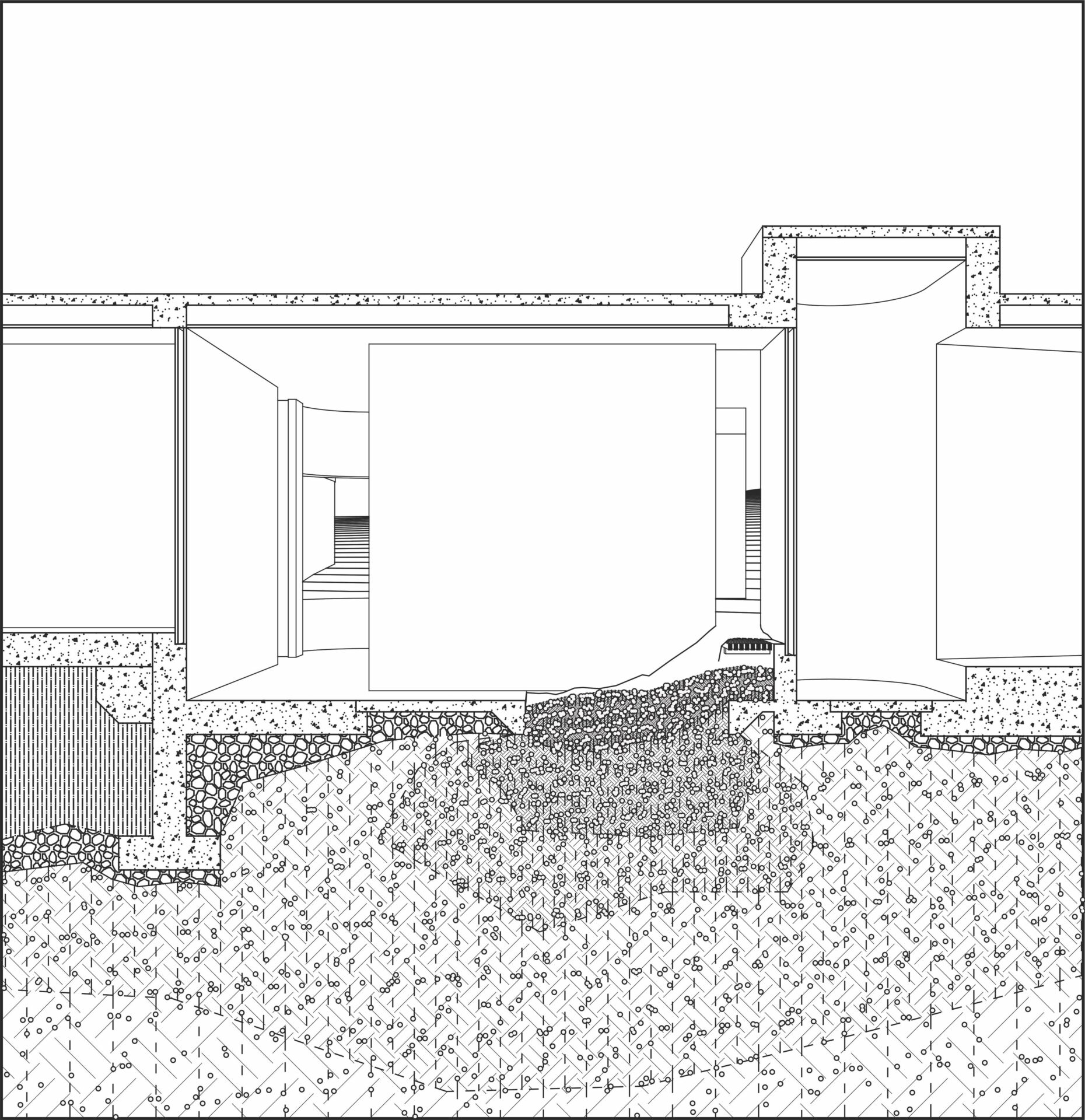
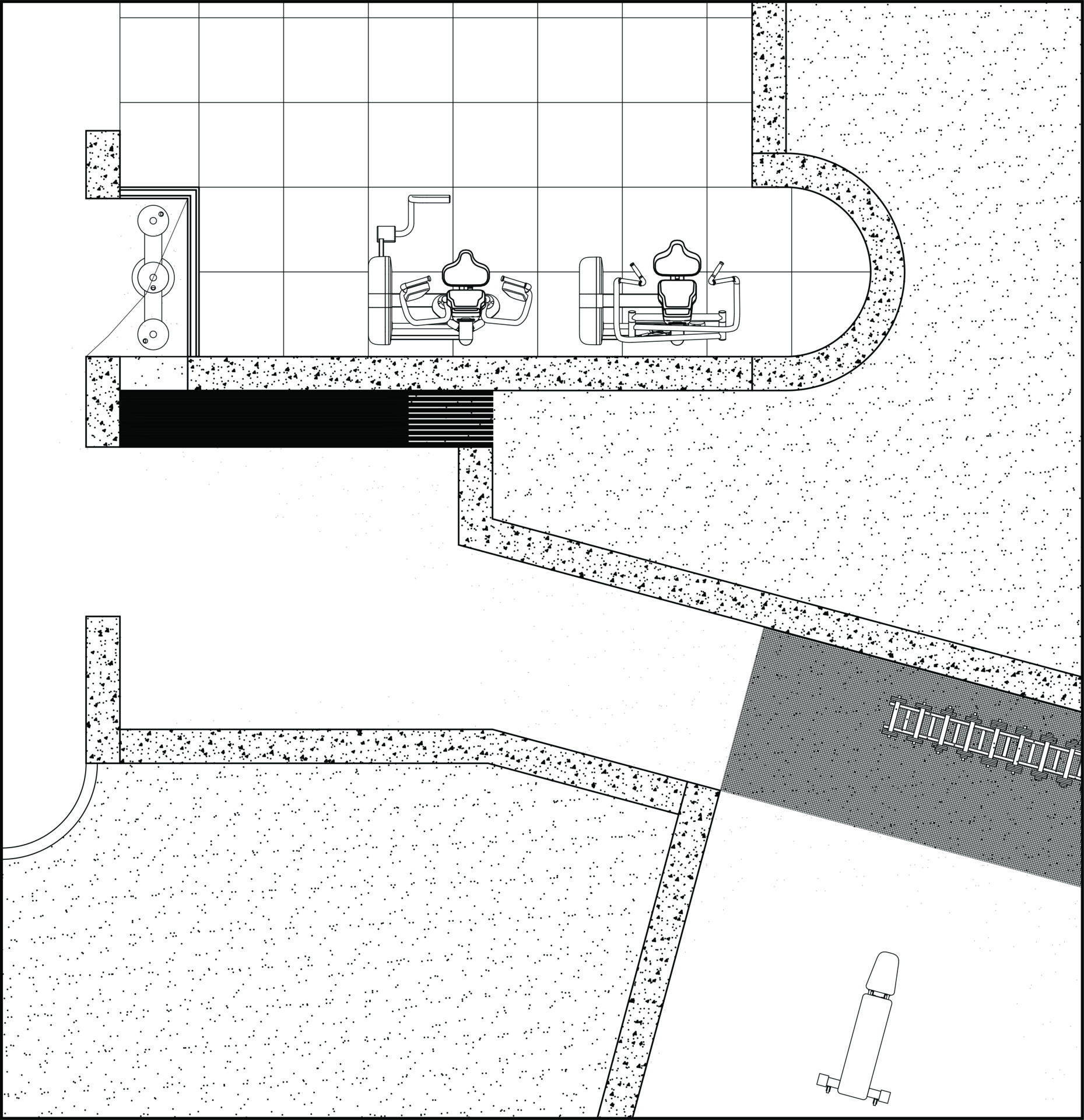
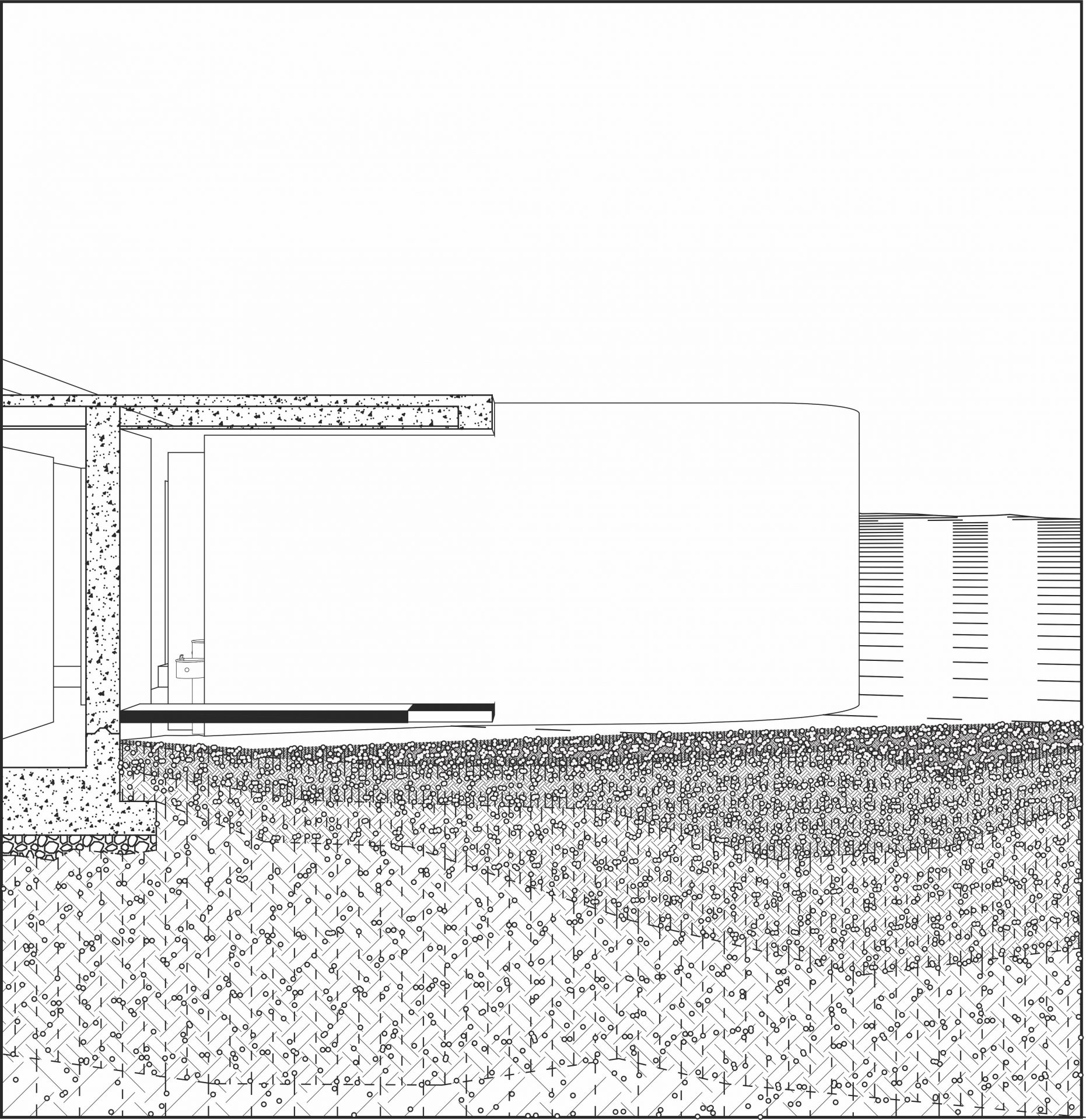
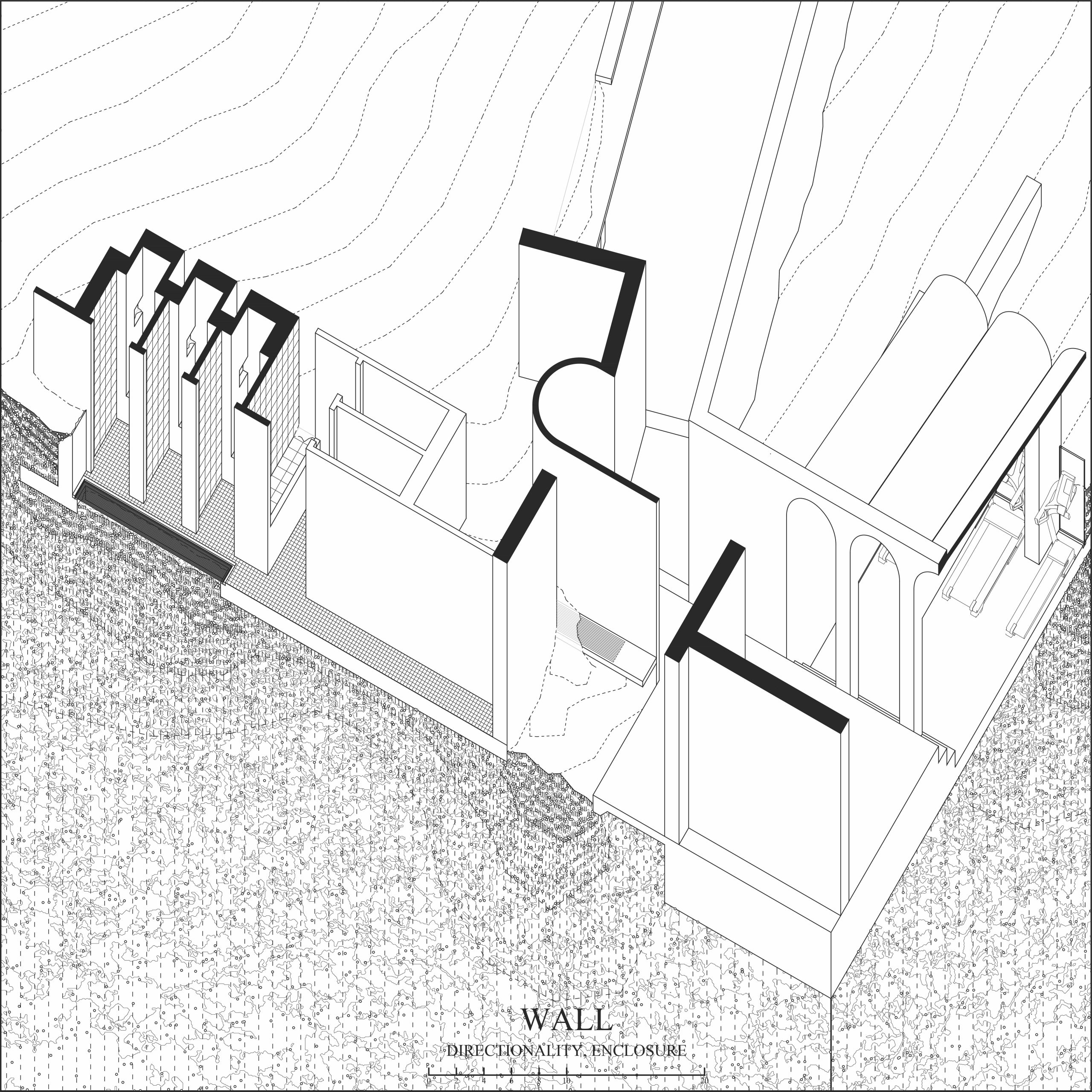
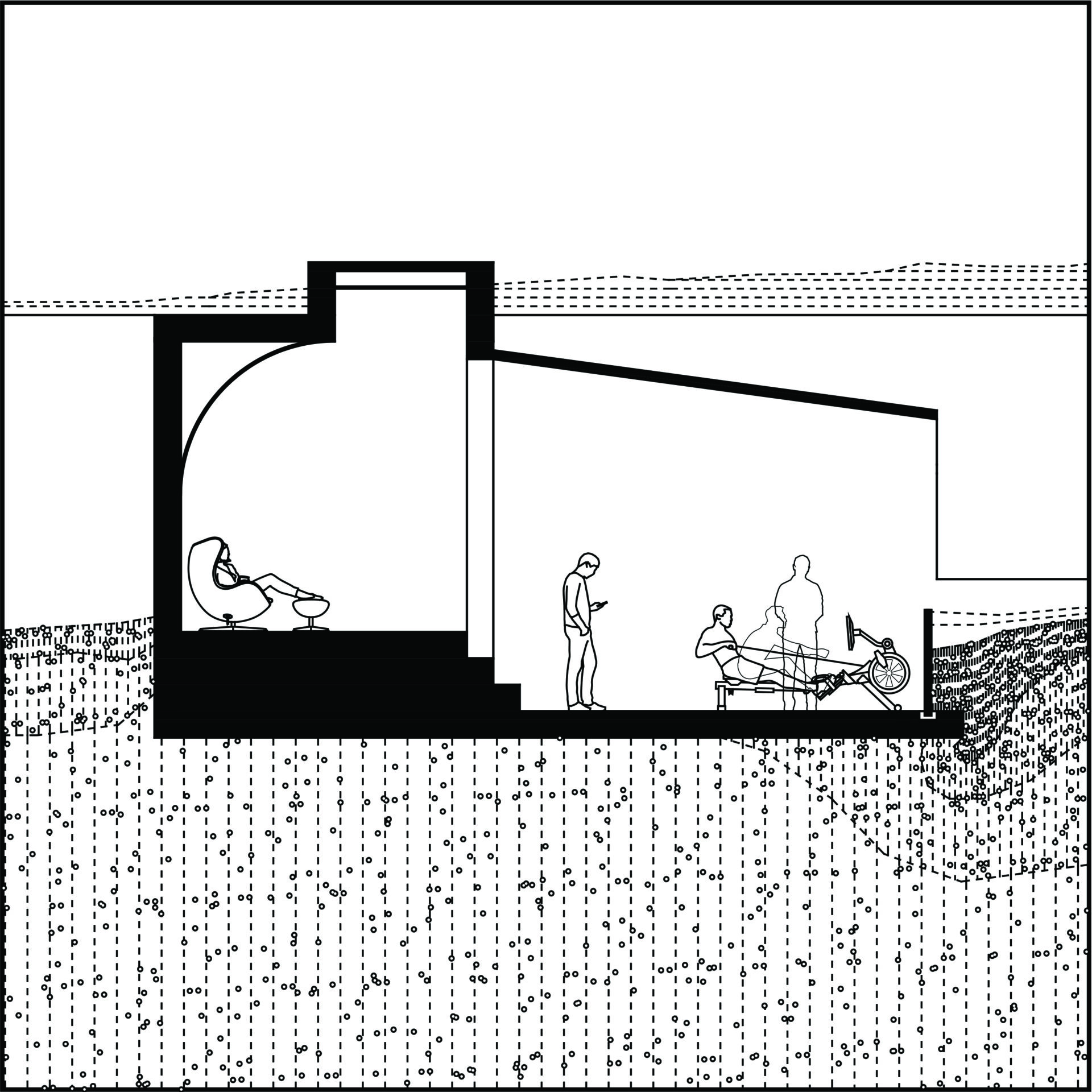
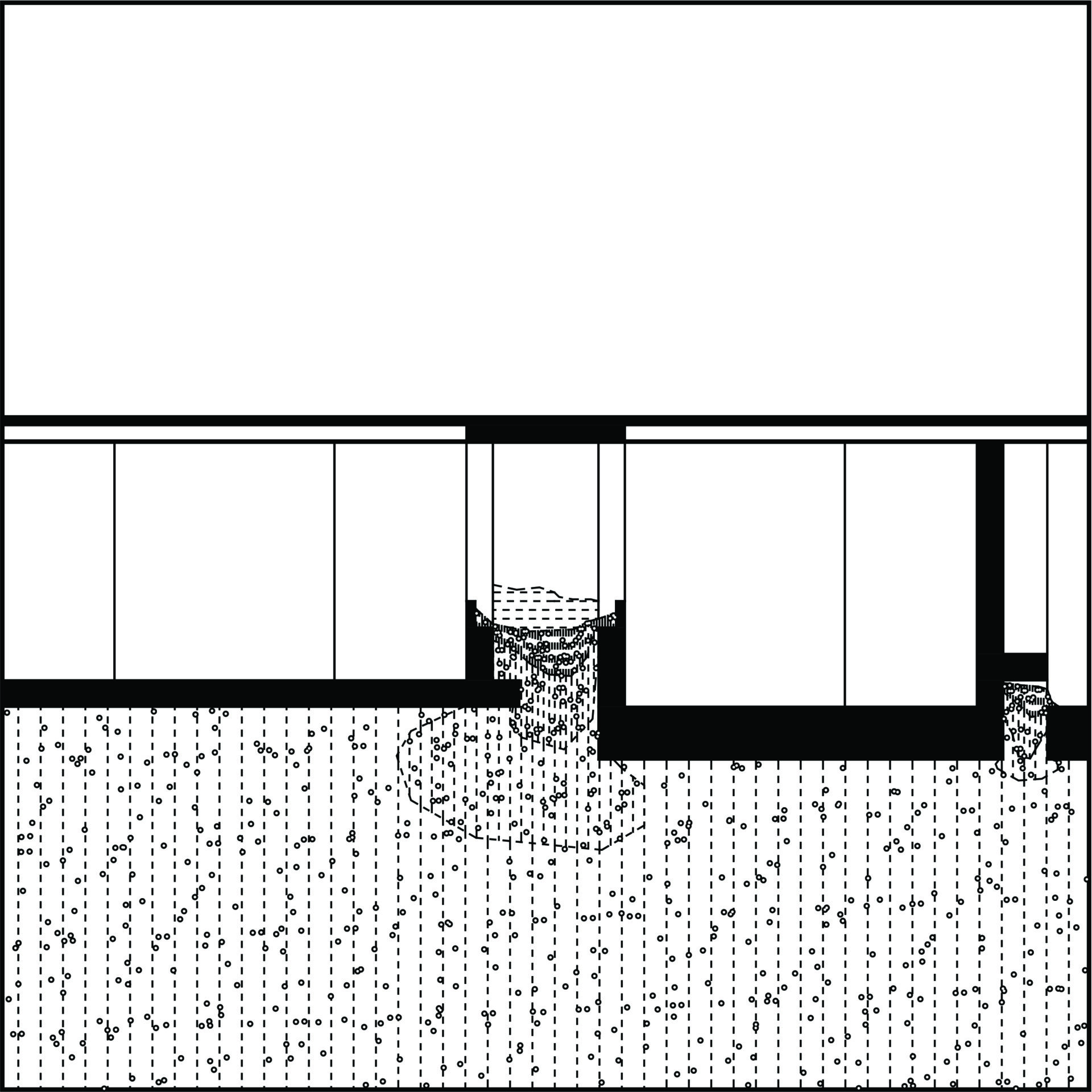
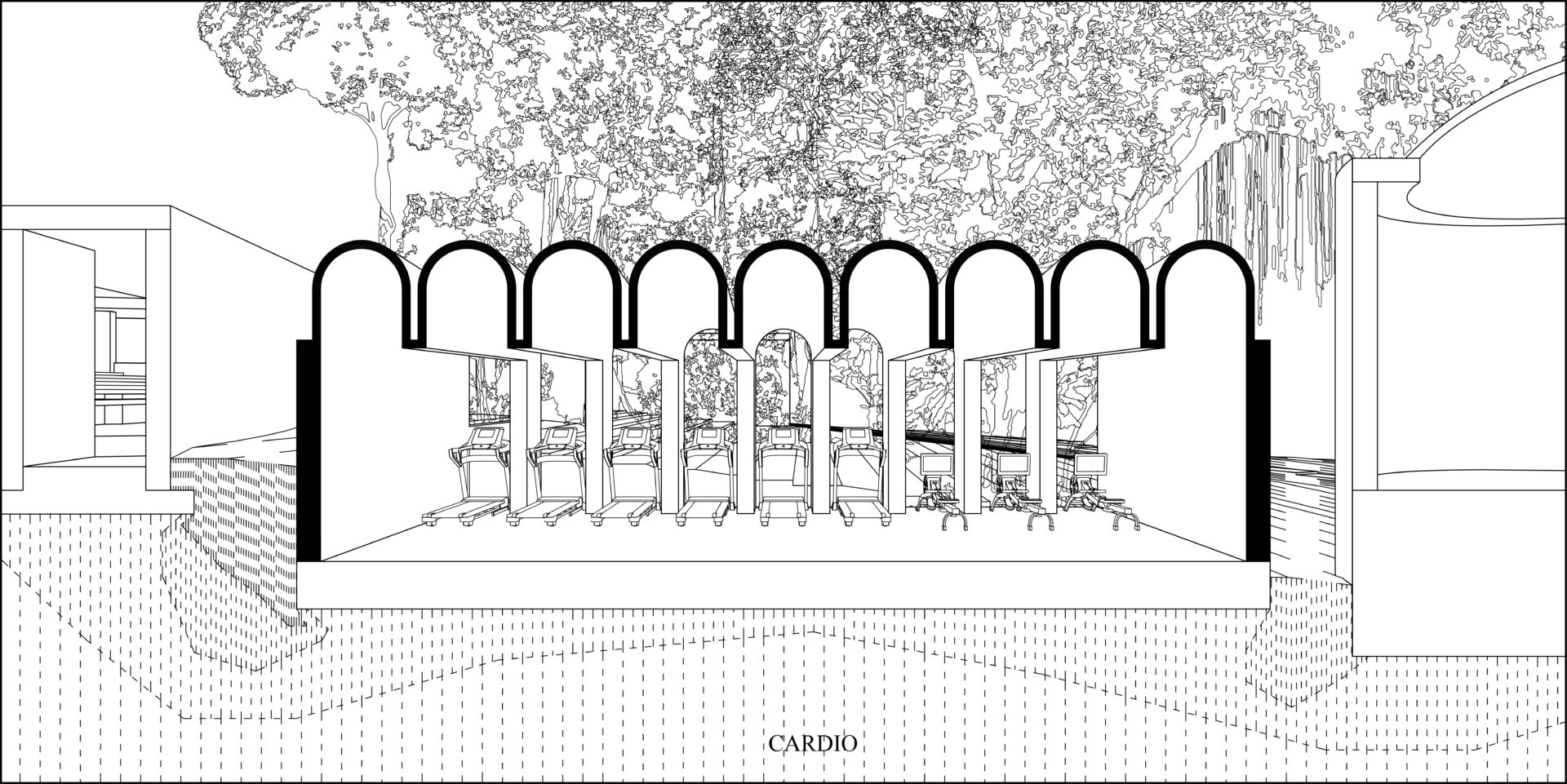
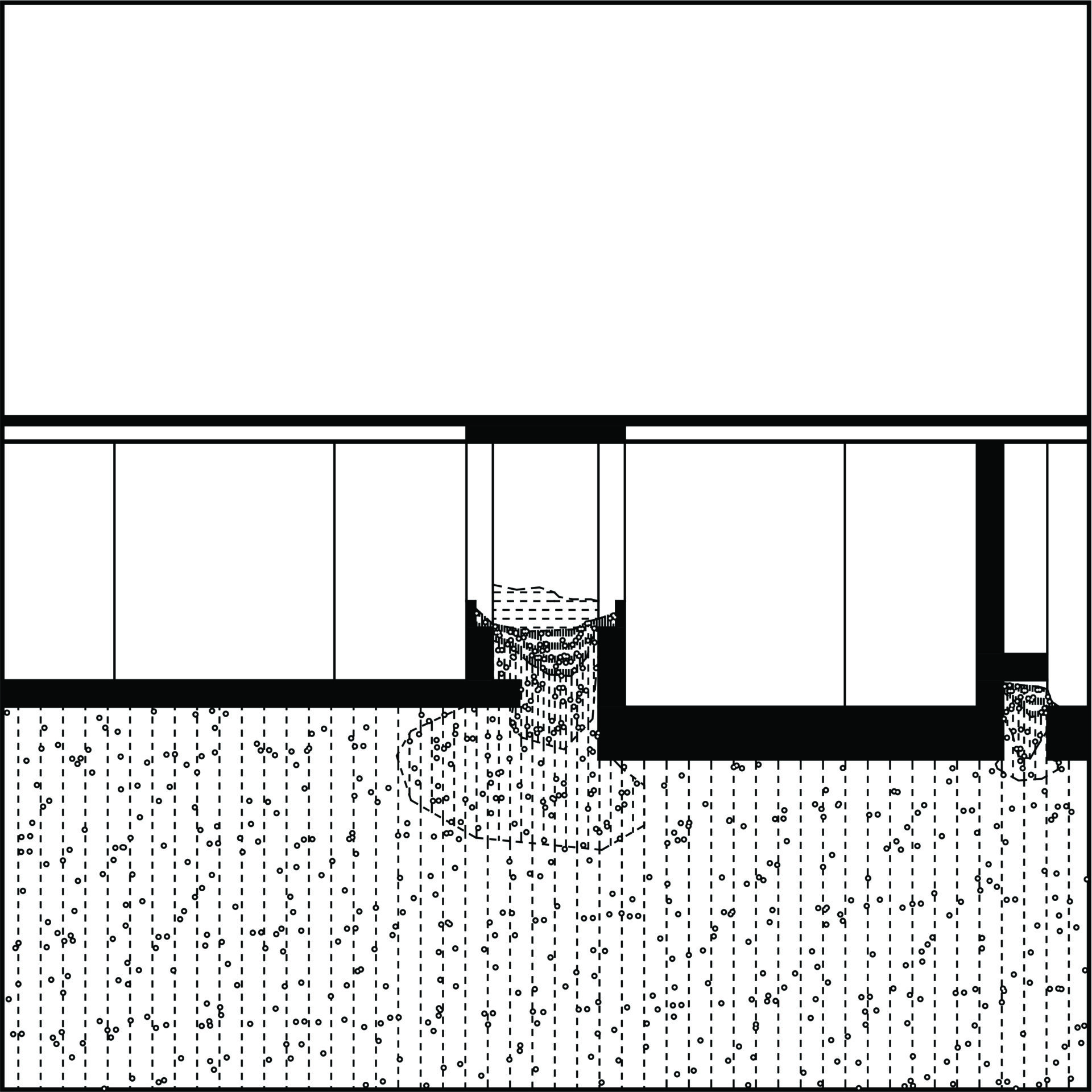
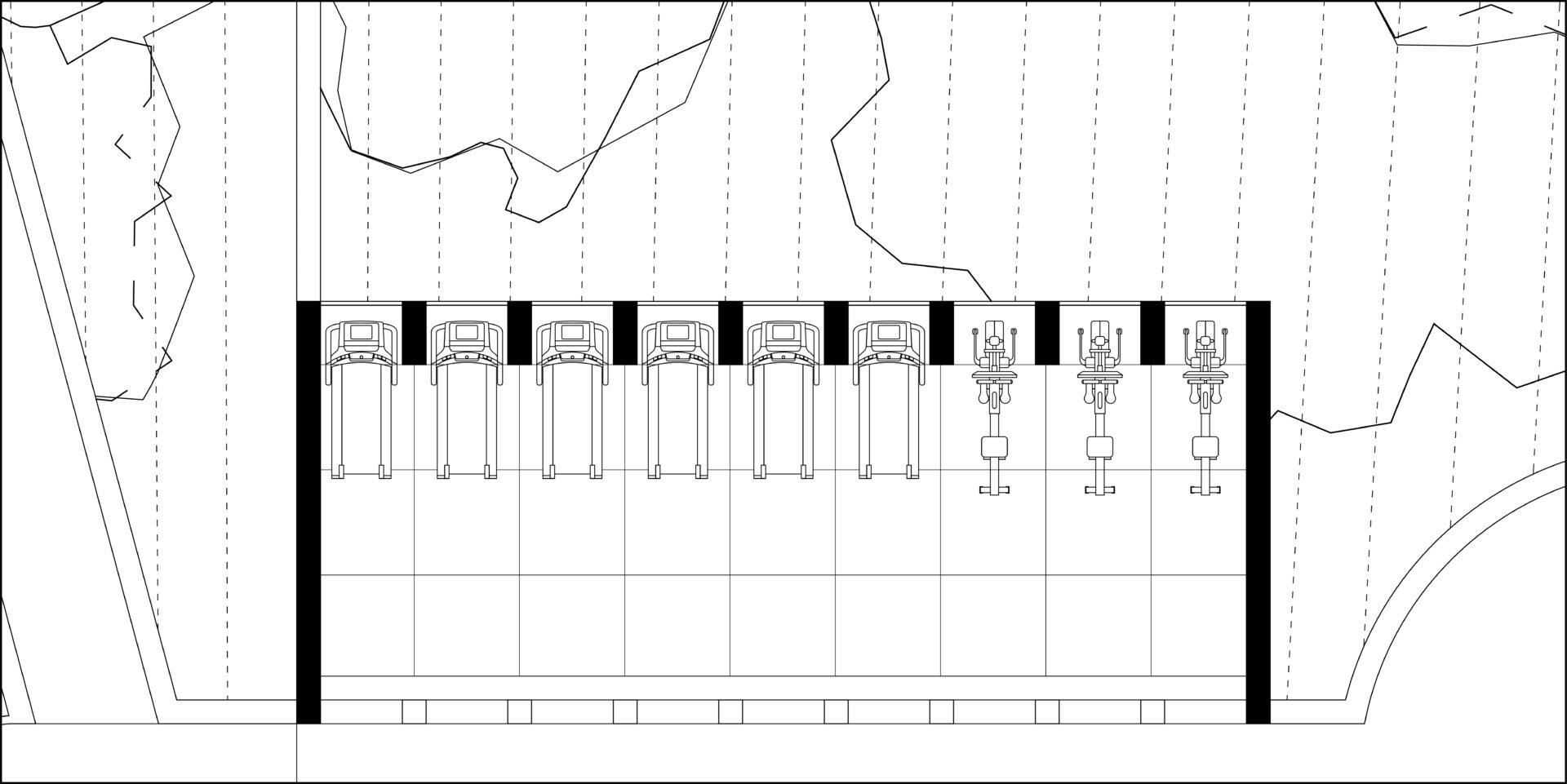
Supervisor's comments:
This thesis grapples with an urgent public health issue involving the depletion of the earth’s microbiome and its effect on human health. Initial explorations examined how architecture, in its design and construction, not only removes people from close contact with the soil but also impoverishes the life within that soil. Fayyaadh focuses on the former issue: how architecture can play a role in bringing people back into close contact with the soil microbiome. Harkening back to classic architectural questions about enclosure and the distinction between inside and outside the project explores the role of the architectural boundary as simultaneously a separator and a connector.
- Assoc. Prof. Ong Ker Shing